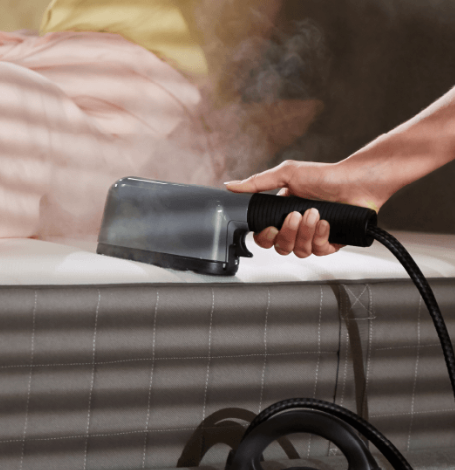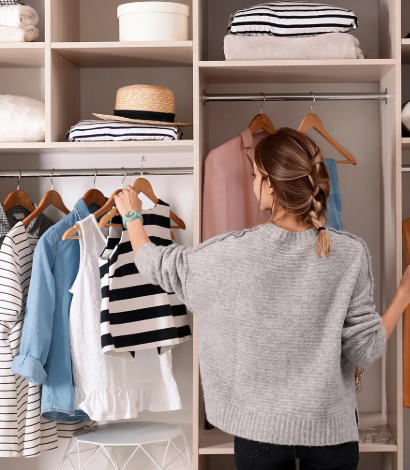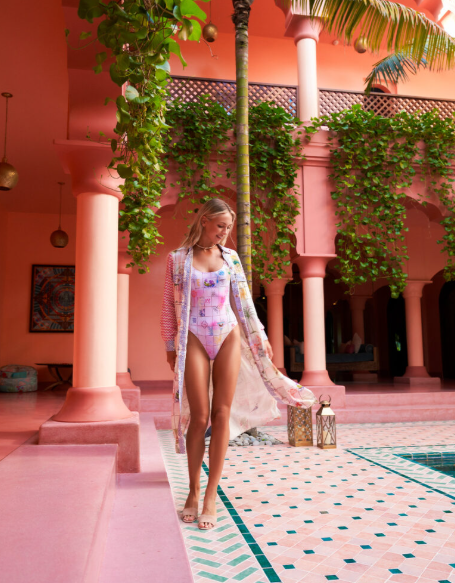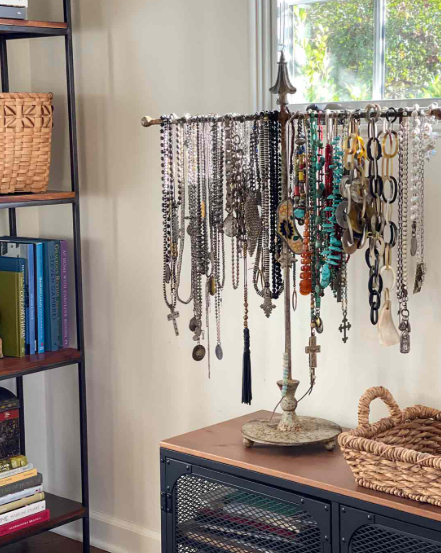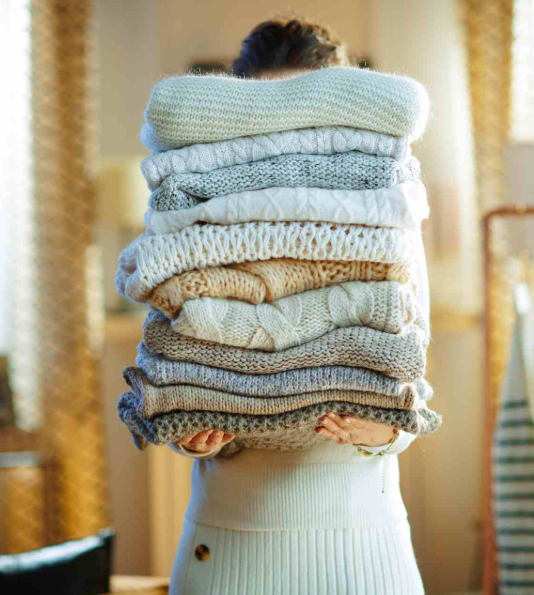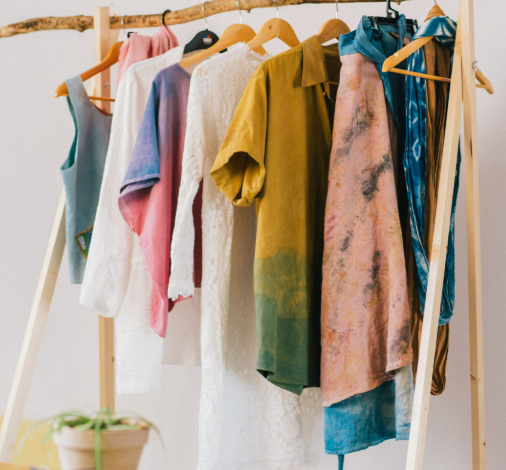
How to Build a Sustainable Wardrobe
Creating a sustainable wardrobe is about more than just choosing eco-friendly fabrics or buying fewer clothes. It’s a holistic approach that encompasses thoughtful purchasing, care, and mindful consumption. As someone who’s spent years working with fabrics, I’ve always been conscious of how we can make our wardrobes last longer, even before the sustainable fashion movement gained traction. Growing up, new clothes were a luxury, and today, I still believe that the value of clothing lies in longevity, quality, and care.
The environmental impact of clothing production is complex. While synthetic fabrics are made from fossil fuels and can take centuries to degrade, natural materials like cotton and wool also have their environmental costs, such as water usage and pesticide use. Human and animal welfare also come into play. So how can we navigate this minefield and still build a wardrobe that’s both sustainable and functional? Here’s my approach, inspired by the wise words of Vivienne Westwood: “Buy less, choose well, and make it last.”
Start by Organizing Your Wardrobe
Before you even think about adding new items to your wardrobe, take stock of what you already have. Take a day to go through all your clothes, rediscover long-forgotten items, and challenge yourself to create new outfits from what you own. You might find that you already have what you need. It’s easy to think you have nothing to wear when you’re only reaching for the same favorite pieces, but a little time spent mixing and matching could reveal countless new combinations.
You may also realize that a few key pieces, like a versatile long-sleeve T-shirt or a button-up shirt, are all you need to complete multiple outfits. And don’t forget about accessories! A few quality belts, scarves, or bags can breathe new life into an old outfit without you needing to buy anything new.
If you feel unsure about your styling, ask a friend for help or consider consulting a professional stylist. There are many online services and Instagram communities where stylists offer advice that can help you make the most of your wardrobe and avoid unnecessary purchases.
Embrace the Power of Second-Hand Shopping
One of the best ways to build a sustainable wardrobe is by shopping second-hand. Campaigns like #SecondHandSeptember by Oxfam have done wonders to promote the idea of buying pre-loved clothing. Charity shops are a fantastic place to score unique, affordable pieces, but there are other options too. Websites like eBay and luxury online platforms like Vestiaire Collective or Hardley Ever Worn It offer a wide range of pre-owned, high-quality designer items. You can even set alerts for specific pieces you’re searching for.
For special occasions, consider renting high-end garments from dress agencies. This option allows you to enjoy luxury pieces without the long-term commitment. My Wardrobe HQ is a great example of a platform where you can rent beautiful designer outfits.
Prioritize Quality Fabrics
Whether you’re buying second-hand or new, always opt for high-quality, natural fabrics. While natural fibers tend to cost more upfront, they last significantly longer, and you’ll find yourself taking better care of them. For example, acrylic is a cheap, synthetic fiber often used in low-cost jumpers, but it sheds microplastics, doesn’t wear well, and has a tendency to attract bacteria. On the other hand, wool or cashmere jumpers may be more expensive, but they’re much warmer, more durable, and have a far lower environmental impact in the long run.
Make Do and Mend
Investing in quality clothes means they can be mended, altered, and adapted to suit your changing style and body. At my company, The Wardrobe Curator, we repair everything from small tears to moth holes in cashmere. We even see clients returning with garments that have been altered over the years to grow with them. Clothes should be seen as long-term companions that we take care of and nurture, not disposable items.
Protect Your Clothes from Moths
Natural fibers like wool and silk are attractive to clothes moths, and if left unchecked, a moth infestation can destroy your garments. Fortunately, protecting your clothes from moths is straightforward once you know the steps to take.
Make sure to clean your wardrobe regularly, especially when switching out seasonal clothes. Vacuum at least twice a year to remove dust and any potential moth eggs. For added protection, store your natural fabric items, like suits and coats, in mothproof storage bags, making sure everything is clean before storing. Use natural, fragrant essential oil blends to keep moths at bay—these scents are not only pleasant but also repellent to moths.
Conclusion
Building a sustainable wardrobe is a process that involves thoughtful choices, quality fabrics, and regular care. By embracing second-hand shopping, investing in high-quality materials, and learning to make simple repairs, you’ll not only create a more eco-friendly wardrobe but also develop a deeper appreciation for the garments you own. Remember, the key is to buy less, choose wisely, and make your clothes last.

